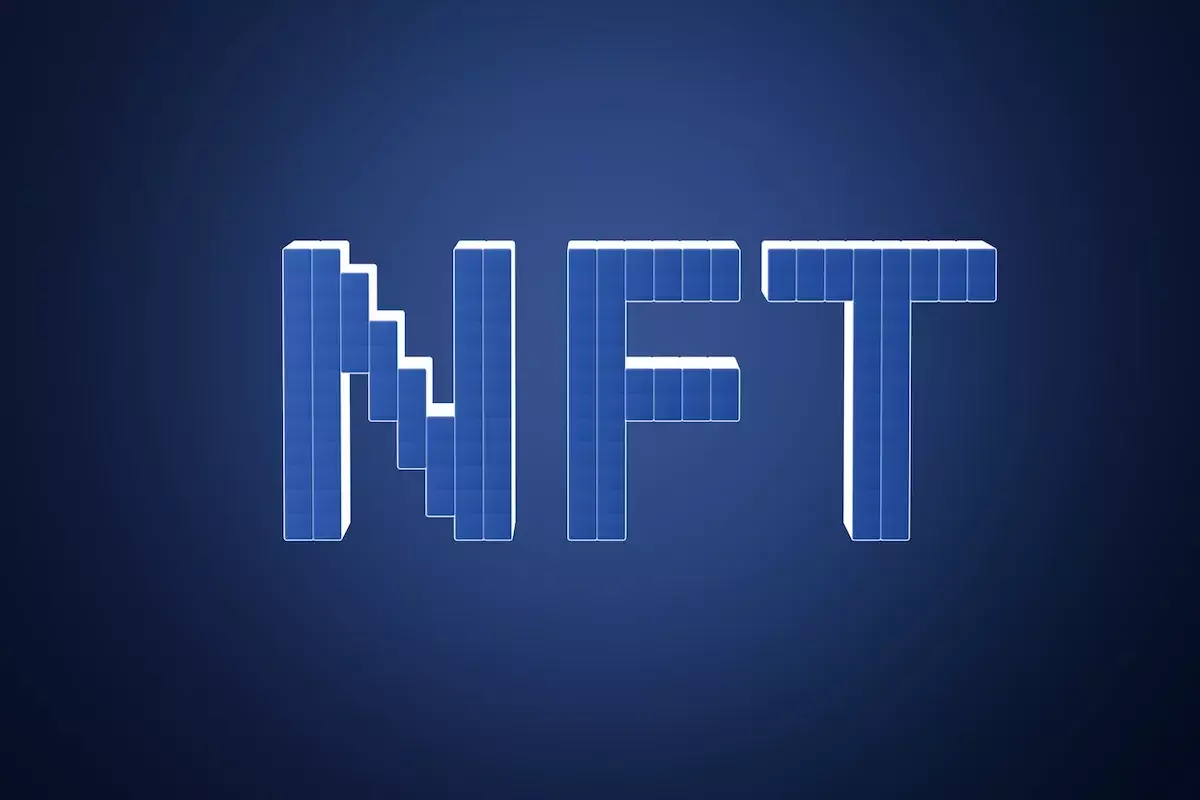In the ever-evolving landscape of digital assets, the term “NFT whale” has recently emerged as a focal point. While many may have encountered this term through social media platforms or online forums, it is essential to delve deeper into what constitutes an NFT whale, the implications of their activities in the market, and how their influence shapes the behaviors of traders and collectors alike. This article aims to provide insight into the world of NFT whales, what they denote, and strategies for tracking their activities effectively.
An NFT whale refers to individuals or entities holding significant quantities of non-fungible tokens (NFTs), often making up a substantial portion of a particular collection or a variety of high-value assets. The sizable investments these whales make can lead to rapid fluctuations in market conditions. When these high-profile investors decide to buy or sell, the repercussions can trigger a series of events across the broader trading community. For instance, a large-scale purchase can create a surge in demand, known as FOMO (fear of missing out), prompting smaller investors to jump in. Conversely, massive sell-offs can instigate panic selling, causing prices to plummet.
Whales wield a profound influence over market sentiment, acting as barometers for the overall health of a collection or ecosystem. Their participation often reassures smaller investors, magnifying the legitimacy of an NFT project as trends develop within the community. Moreover, the psychological aspects of their actions underscore the need for careful monitoring of these key players.
One of the hallmark features of blockchain technology is its transparency, and this is particularly advantageous for tracking the actions of NFT whales. Unlike traditional markets, where large transactions can often remain cloaked in secrecy, blockchain transactions are permanent and public. By utilizing block explorers, anyone can track the lifecycle of an NFT—from its creation to subsequent transfers.
Recognizing this transparency, various platforms have emerged to facilitate the tracking of whale activities. Tools like Etherscan, Nansen, and Dune Analytics provide users with a comprehensive view of wallet transactions, ownership statistics, and other relevant data. The ability to analyze this wealth of information enables collectors to make more informed decisions based on the actions of significant players within the NFT sphere.
For those interested in keeping tabs on the strategies and activities of NFT whales, there are several effective approaches. Begin by identifying prominent NFT collections and their associated contract addresses. Utilizing a block explorer, one can view the token holders and discern the quantity of NFTs each address possesses. It’s advisable to focus on individuals or wallets known for holding large amounts—these are your prime candidates for whale analysis.
Subsequently, consider setting up alerts through whale-tracking bots or analytics platforms to receive real-time notifications regarding significant transactions. Observing patterns in whale activities can offer valuable insights. For instance, frequent floor-sweeping actions might indicate bullish sentiment, suggesting a potential price increase. Conversely, if a whale consistently offloads their NFTs, it may serve as a warning sign for others in the market.
While tracking NFT whales can provide advantageous insights, it is paramount to remain cautious and vigilant. The potential for market manipulation exists, opening the door for unethical practices such as wash trading, where an individual inflates demand by executing transactions among their wallets at artificially high prices, or pump-and-dump schemes that leverage influence to inflate prices before selling rapidly for profit.
Additionally, it’s crucial to verify the authenticity of identified whale wallets. Misleading information can propagate quickly, leading to erroneous conclusions about market dynamics. When monitoring whale actions, be sure to cross-reference information with trusted sources and notify themselves well-settled within the NFT community.
When weaving NFT whale activity into your investment strategy, it’s essential to contextualize their actions within the larger market. Whales are not infallible; they can make erroneous decisions that lead to losses as well. Therefore, relying solely on their actions can be risky. Instead, consider whale activity as one element in a larger puzzle. Evaluate the underlying fundamentals of NFT projects, including the creative team, the roadmap, and overarching market conditions.
As NFT markets continue to transform and redefine the digital asset landscape, understanding the duality of whale influence—both its power and its pitfalls—will contribute significantly to informed decision-making. Embrace a mindset of ongoing learning and critical analysis. By exploring whale dynamics without losing sight of broader project fundamentals, collectors can navigate this vibrant ecosystem effectively and minimize risks while maximizing potential success.
















Leave a Reply